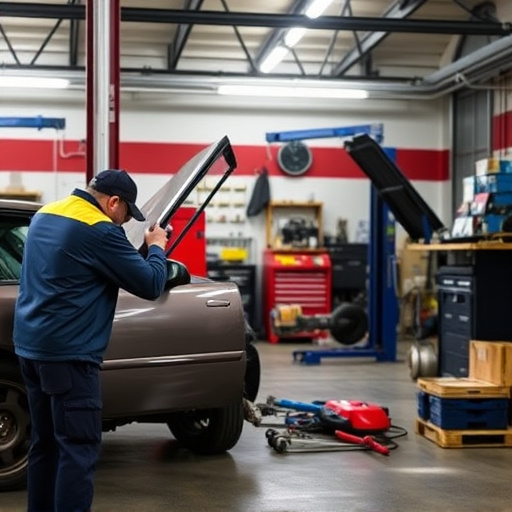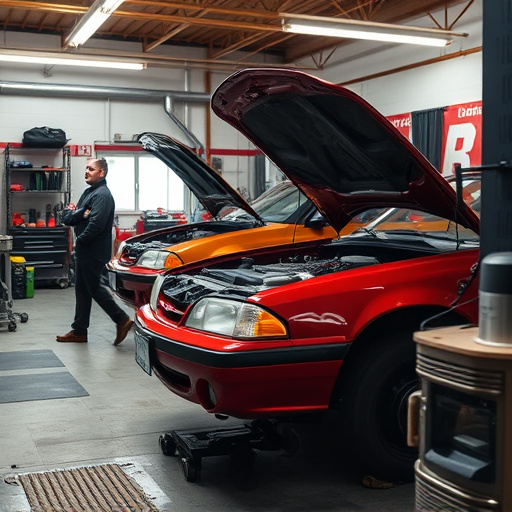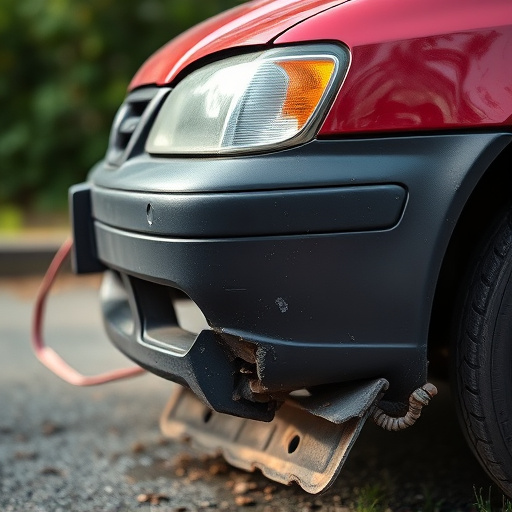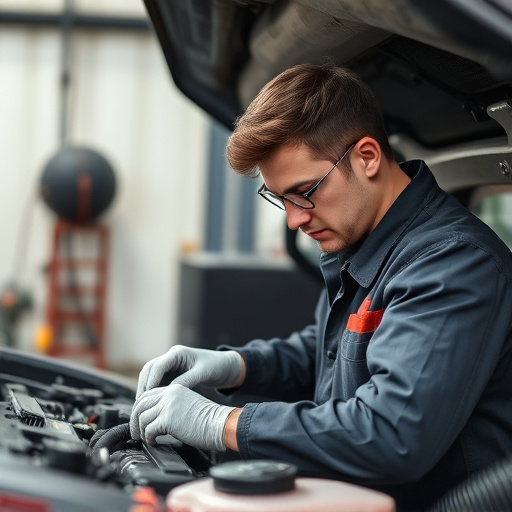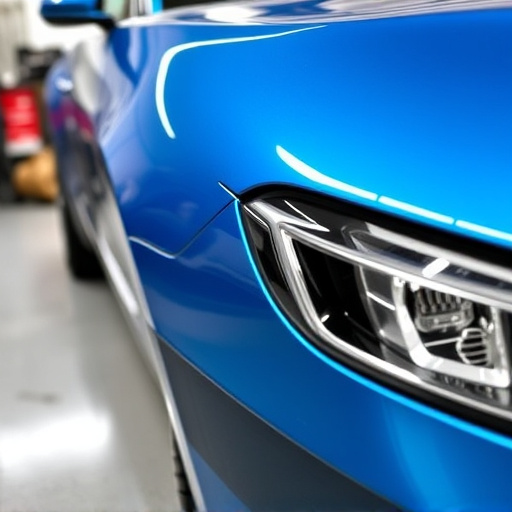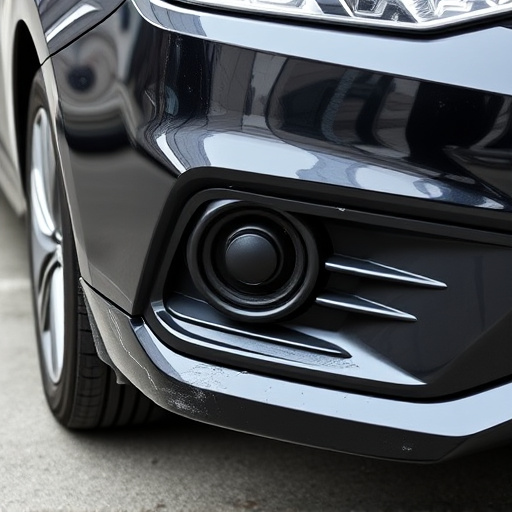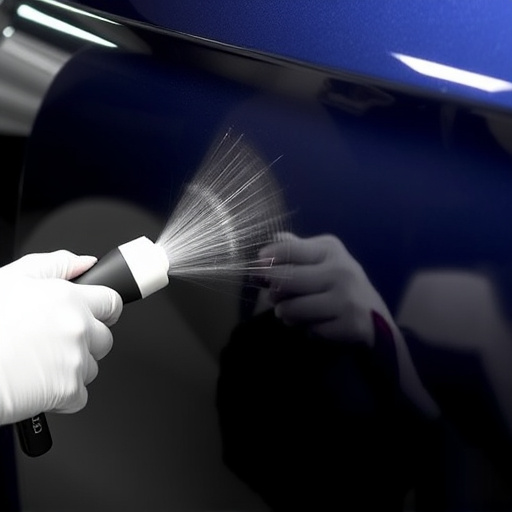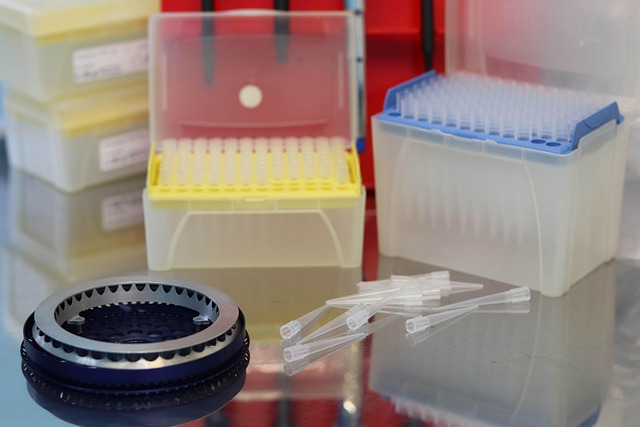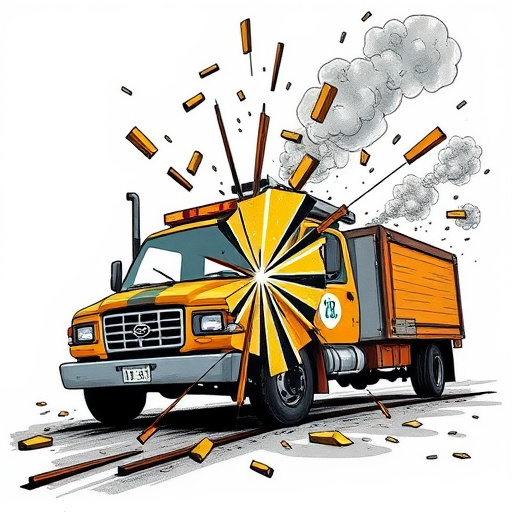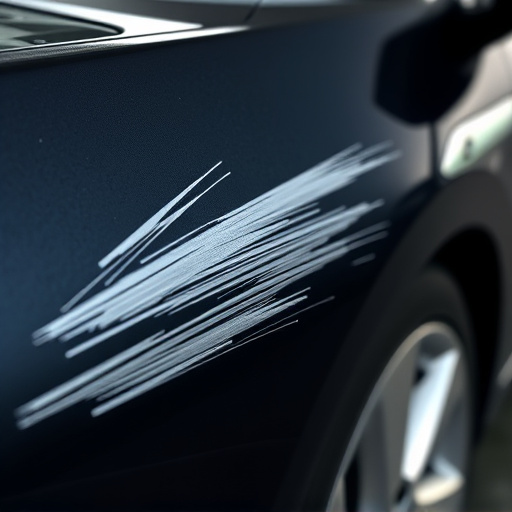Efficient roof panel replacement processes are crucial for automotive repair shops to enhance productivity and customer satisfaction. By implementing standardized procedures, modern tools, digital design software, and automated painting systems, shops can significantly reduce installation time and vehicle downtime. High-quality, durable roofing materials further streamline repairs, minimizing reworks and boosting overall efficiency, allowing shops to service more vehicles and improve their bottom line.
Roof panel replacement is a critical aspect of repair shop operations, offering significant efficiency gains. This article delves into the transformative impact of replacing common roof panel issues, exploring streamlined processes and their effect on repair shop productivity. By understanding the challenges and implementing efficient solutions, shops can enhance turnaround times, reduce costs, and improve overall performance. Discover how this simple upgrade impacts complex metrics, leading to superior customer satisfaction and a more robust bottom line.
- Understanding Common Roof Panel Issues and Their Impact
- Streamlining Replacement Processes for Enhanced Efficiency
- Post-Replacement: Measuring Improved Repair Shop Metrics
Understanding Common Roof Panel Issues and Their Impact

Roof panels, a crucial component of any vehicle’s exterior, are susceptible to various issues that can impact a repair shop’s efficiency and workflow. Common problems such as dents, cracks, or missing panels often arise due to accidents, weather damage, or manufacturing defects. These issues not only affect the aesthetic appeal of a vehicle but also compromise its structural integrity if left unaddressed. For instance, a collision repair might be necessary when a roof panel is damaged in a car dent removal process, requiring skilled technicians and specialized equipment for effective roof panel replacement.
The impact of these common roof panel issues is significant. They disrupt the normal course of vehicle repairs, especially in busy collision repair shops. Efficient workflow management becomes essential to minimize downtime and keep up with increasing demand. By promptly identifying and addressing roof panel problems through efficient roof panel replacement processes, repair shops can enhance their overall service quality and customer satisfaction, ensuring vehicles return to the road safely and smoothly.
Streamlining Replacement Processes for Enhanced Efficiency
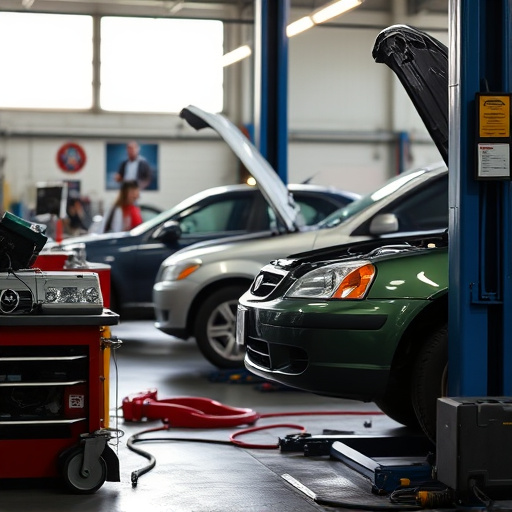
In the realm of automotive repair, efficiency is key to keeping businesses and customers satisfied. Streamlining the roof panel replacement process plays a significant role in enhancing overall shop productivity. By implementing standardized procedures and utilizing modern tools, repair shops can significantly reduce the time spent on this task. For instance, adopting efficient methods for cutting and fitting new panels ensures quicker installation, minimizing downtime for both labor and equipment.
Furthermore, integrating technology, such as digital design software or automated painting systems, can revolutionize roof panel replacement. These innovations not only guarantee precise results but also enable technicians to focus on more complex repairs, thereby improving the overall quality of luxury vehicle repair services. Even ancillary services like tire maintenance, which often accompany major repairs, can benefit from streamlined processes, ensuring that customers receive comprehensive care in a timely manner.
Post-Replacement: Measuring Improved Repair Shop Metrics

After a roof panel replacement, assessing the impact on repair shop efficiency is a crucial step. One of the primary metrics to measure is reduced downtime for vehicles. With efficient roofing materials and swift installation processes, auto collision centers and fleet repair services can significantly cut down the time spent on repairs. This results in faster turnarounds, allowing shops to service more vehicles and increase overall productivity.
Additionally, improved quality of roof panel replacements contributes to better customer satisfaction. Vehicle dent repair becomes less complex when high-quality, durable panels are used. Fewer reworks and touch-ups mean fewer man-hours spent on repairs, further enhancing the efficiency of these auto facilities. This shift in metrics can provide a clear indication of successful roof panel replacement implementation.
Roof panel replacement, while a specialized task, can significantly enhance repair shop efficiency. By understanding common issues and streamlining replacement processes, shops can reduce downtime, lower labor costs, and improve overall productivity. Measuring the impact of these changes through key performance indicators demonstrates the positive outcomes of adopting efficient roof panel replacement practices. This data-driven approach ensures that repair facilities continue to optimize their operations, ultimately providing better service to their customers.
